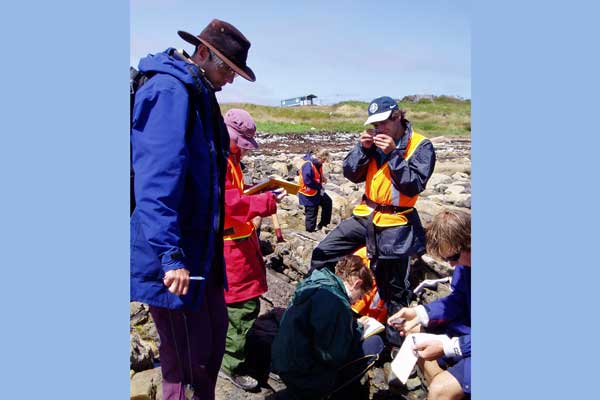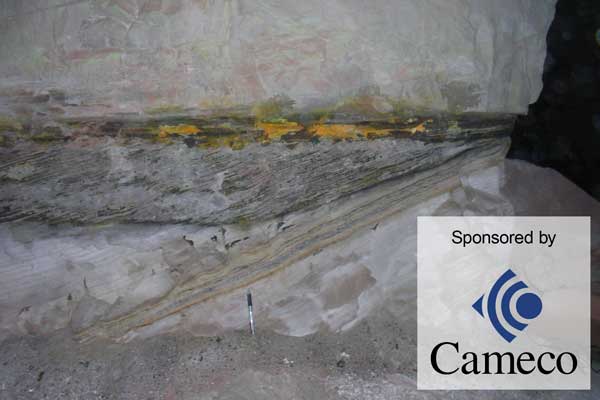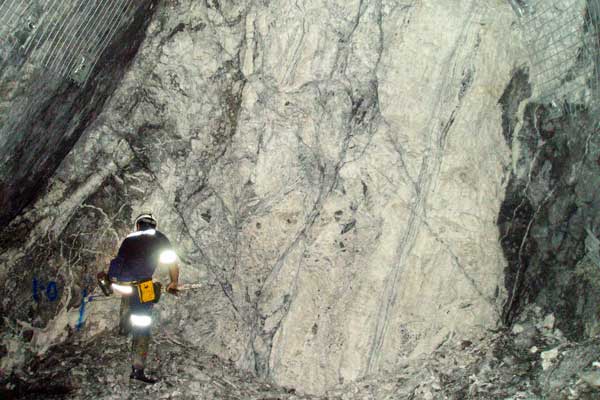SC01 - Carlin-type Gold Deposits: Tectonic Setting, Orebodies, Footprints, Exploration, and Genetic Models
Date: September 26-27, 2015
Location: University of Tasmania | Hobart, TAS, Australia
Organizer: Jean Cline
Presenters: Jean Cline, John Muntean
The Carlin-type gold deposits in northeastern Nevada, USA, comprise one of the most productive gold districts in the world, with gold production now ~135 million ounces. Mining and research since initial deposit discovery in the 1960s have generated detailed descriptions of deposit geology, including recognition of features that are common to deposits across northern Nevada. Studies over the past 20 years have determined the age of formation of the Nevada district, leading to an understanding of tectonic setting and related structural development and magmatic and hydrothermal activity coincident with deposit formation. In spite of this understanding, no similarly productive trends or districts have been discovered in other parts of the world, and no widely acceptable genetic model has evolved.
This two-day course will begin with an overview of general characteristics that define the type deposits in Nevada and will include a section on the "Carlin-type" deposits in southwestern China. The short course will focus on 1) the geologic evolution of northeastern Nevada that produced an ideal geologic architecture for the deposits, 2) geologic processes in the late Eocene that were critical to deposit formation, and 3) exploration, presented as a systems approach that links processes to targeting criteria at all scales. Course presentations will include detailed descriptions of deposit geology, including structure, lithology, ore-stage and late-ore stage mineralogy, and related hydrothermal alteration minerals and mineral zoning. Samples characteristic of the deposits will be examined, as will polished sections of ore minerals and ore and alteration mineral textures, which define these deposits. Presentations and discussions will provide a framework to interpret observations in the field, along with implications for exploration and research. The course will conclude with a discussion of genetic deposit models, including a model recently published in Nature Geoscience by the presenters who have over 40 years combined experience conducting research on and exploration for Carlin-type gold deposits.
Attendee Maximum: 40











